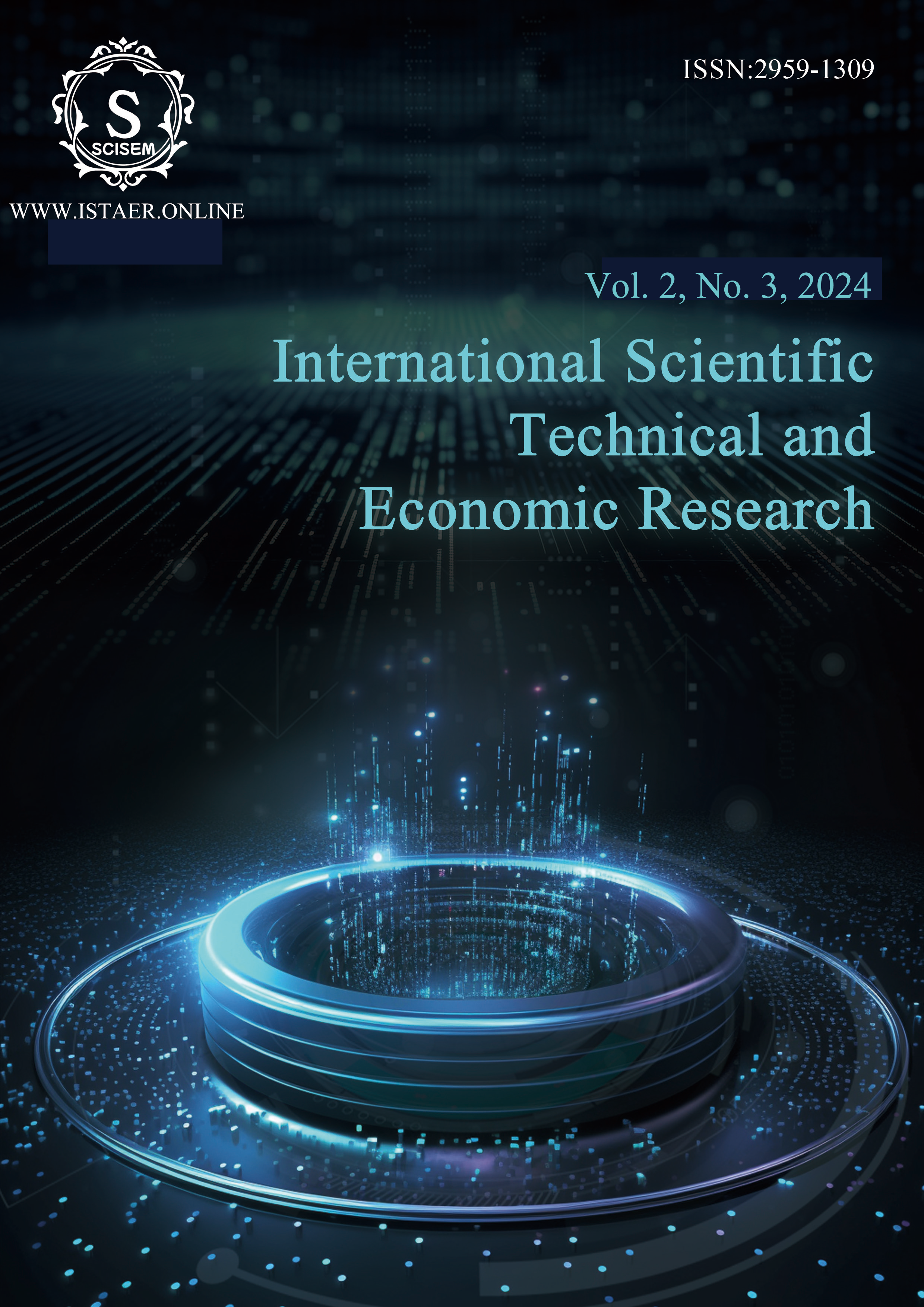Design and optimization of optimal performance allocation scheme based on multi-objective optimization model
ACKNOWLEDGEMENTS: This work was Supported by Special Research Project on Teaching Reform(Grant No. 30120300100-23-yb-jgkt03).
Keywords:
Performance Evaluation, Bonus Allocation, TOPSIS Model, Entropy Weighting Method, Multi-Objective Optimization, Genetic AlgorithmAbstract
The performance evaluation of scientific and technological personnel is a key task in the field of scientific research. In response to this issue, research institutions need to establish a reasonable evaluation plan to promote the transformation and output of scientific and technological achievements, and improve the work enthusiasm and income level of scientific and technological personnel. This article discusses the performance evaluation and bonus distribution of scientific researchers, involving three issues: data quality processing, selection of performance evaluation methods, and design of bonus distribution plans. The first step is to identify and handle missing values and outliers in the dataset. By using the FIND function in MATLAB to identify missing values, it is possible to identify datasets without missing values. Secondly, Kolmogorov Smirnov (KS) test was used to determine the distribution of data, and the distribution of each indicator was determined through the q-q chart generated by SPSS PRO software and the KS test results. For normally distributed data, use box plots for outlier detection, and combine 1.5 times interquartile range standard and 3 σ principle for outlier determination. Finally, handle outliers and remove inappropriate ones to ensure the quality and accuracy of the data, providing a reliable data foundation for subsequent analysis and modeling. In work one, the TOPSIS method is used for performance evaluation. Through data normalization and weight determination, the comprehensive evaluation value of scientific researchers is calculated to determine their performance ranking. In the bonus distribution plan, fair and reasonable bonus distribution is carried out according to the evaluation results of TPOSIS using the entropy weight method to ensure the objectivity and impartiality of the evaluation results. Work two requires ranking the four teams and implementing distribution according to work within the team. Using the entropy weight method to evaluate the performance of each team, combined with the performance of each member within the team, determine the best score combination to be submitted by each team and distribute it according to work to ensure the fairness and rationality of performance rewards. Work three aims to establish a multi-objective optimization model that maximizes the overall performance of the team while maintaining fairness and balance. Considering various constraints and the balance within the team, a genetic algorithm was used to solve the individual and team annual total performance of team members, achieving the optimization goals of team performance evaluation and bonus allocation.
References
[1] Zhu, L. L., Yang, Z. P., & Yuan, H. (2007). Analysis and development of particles warm optimization. Computer Engineering and Applications, 43(5): 24-27.
[2] Zong, X. P., & Yao, Y. L. (2010). Using Q-Q and P-P plots to quickly test the statistical distribution of data. Statistics & Decision, 20: 101-112.
[3] Li, F. L. (2011). Understanding Innovation from the Perspective of Stress and Response: Organizational Innovation Reward Policies as a Source of Stress. University of Science and Technology of China.
[4] Liu, H. R., & Tang, S. L. (2016). The equalization of basic medical services in jiangsu province based on TOPSIS method and RSR method. Chinese General Practice, 19(07): 819-823.
[5] Cui, M. M., & Chang, C. H. (2019). Study on food security in china based on evaluation index system. Bulletin of Chinese Academy of Sciences, 34(08): 910-910.
[6] Gan, L. X., Zhang, H. Z., & Lu T. F. (2021). A study on influencing factors of maritime traffic safety with entropy weight method. Navigation of China, 44(2): 53-58.
[7] Yu, S. (2021). Research on Multidimensional quality evaluation method for statistical data based on improved TOPSIS. North China University of Technology.
[8] Wu, Z., & Wu, H. L. (2021). UAV route planning based on the improved genetic algorithm. Electronic Measurement Technology, 44(24): 52-58.
[9] Liu, J., Chen, Y. B., & Qi, D. C. (2022). Research on construction and optimization of chemical process safety evaluation model based on support vector machine. Journal of Safety Science and Technology, 18(12): 154-161.
[10] Huang, M. L., Xiao, K., & Yuan, X. M. (2024). Evaluation of happy rivers and lakes based on entropy weight-TOPSIS multi-objective model. Express Water Resources & Hydropower Information, 45(02): 062-074.
[11] Zhao, F., Hu, W. F., & Li, G. (2024). A multi-objective optimization design method based on a hybrid metric adaptive sampling surrogate model. Journal of Mechanical Engineering, 60: 1-11.
*******************Cite this Article*******************
APA:
Song, C., Zhu, Z., Kong, Y., Gao, D., Fu, T., Sheng, D., & Su, C. (2024). Design and optimization of optimal performance allocation scheme based on multi-objective optimization model. International Scientific Technical and Economic Research, 2(3), 90–99. http://www.istaer.online/index.php/Home/article/view/No.2469
GB/T 7714-2015:
Song Chenxuan, Zhu Zhaoqing, Kong Yuantong, Gao Dongsheng, Fu Tong, Sheng Dongping, Su Chun. Design and optimization of optimal performance allocation scheme based on multi-objective optimization model[J]. International Scientific Technical and Economic Research, 2024, 2(3): 90–99. http://www.istaer.online/index.php/Home/article/view/No.2469
MLA:
Song, Chenxuan, et al. "Design and optimization of optimal performance allocation scheme based on multi-objective optimization model." International Scientific Technical and Economic Research, 2.3 (2024): 90-99. http://www.istaer.online/index.php/Home/article/view/No.2469
Downloads
Published
Issue
Section
License
Copyright (c) 2024 International Scientific Technical and Economic Research

This work is licensed under a Creative Commons Attribution-NonCommercial-NoDerivatives 4.0 International License.
This work is licensed under the Creative Commons Attribution International License (CC BY 4.0).




